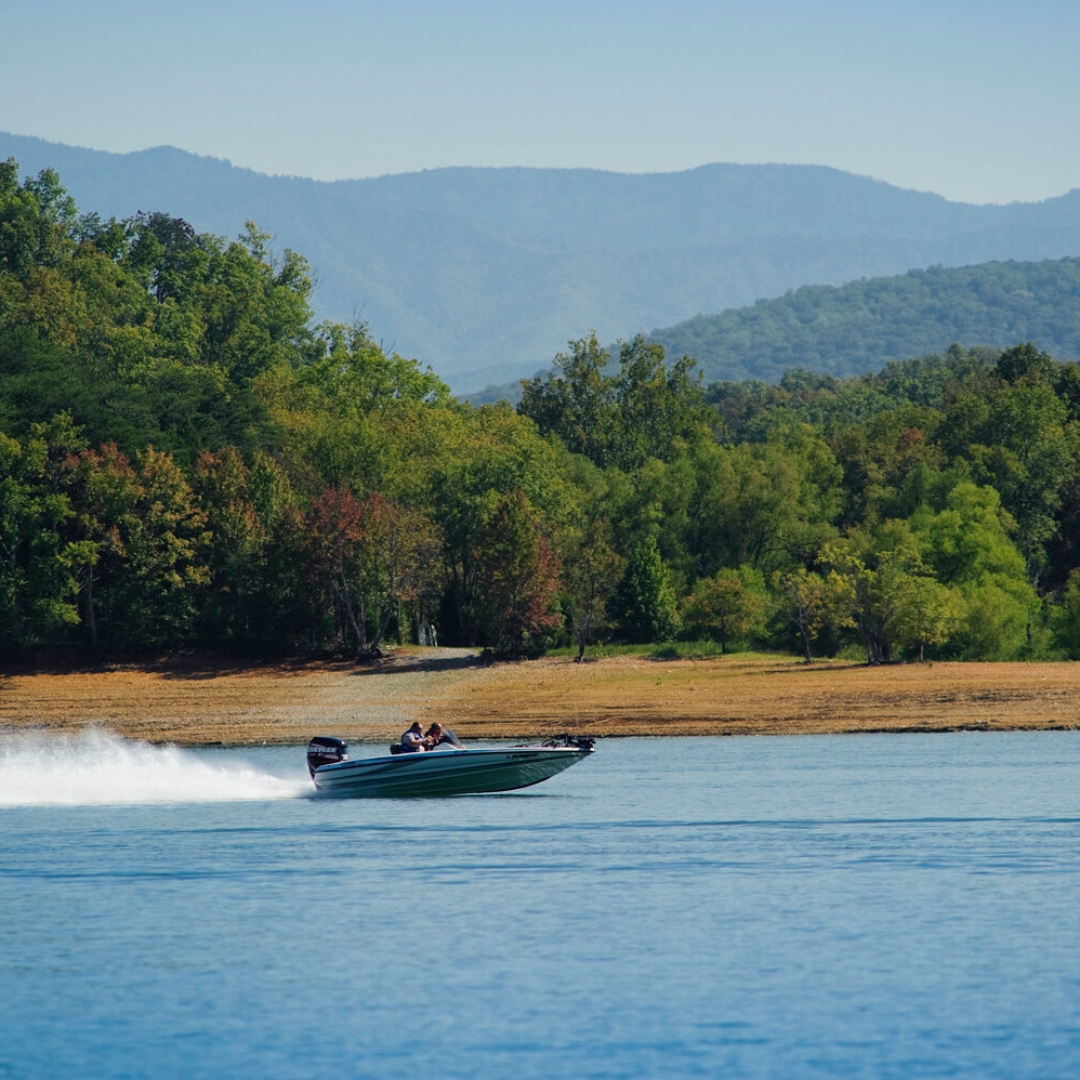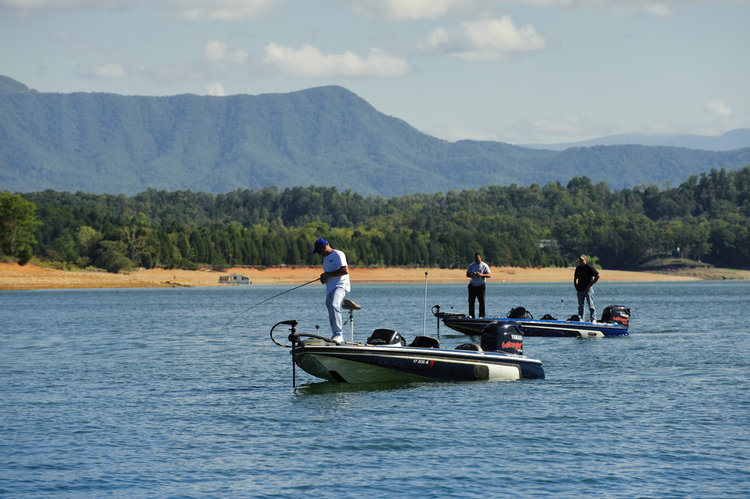Fall Fishing Just Keeps Getting Better in East Tennessee
By: Pete Robins
Reigning Bassmaster Classic champion Ott DeFoe doesn’t mince words about it – the transition from summertime patterns to true fall patterns on Douglas and Cherokee Lakes can be fairly tough – but on the far side of that rainbow sits a pot of fishing gold. So prepare for a few tough days in September, followed by incredible fishing in October and November.
“Once you get past mid-October, it will be much better all over,” he said. “Until then, I would be in the upper ends of the lakes. That’s where the numbers of fish, the quality fish, and the numbers of quality fish will all be.”
He’s made tens of thousands of dollars at all levels of tournament fishing in the upper end of Douglas over the years, and he said that the river area in Cherokee doesn’t have as much space to spread out, but otherwise they’d fish in a similar manner.
“The techniques are the same,” he said. “Cherokee can be a very good cranking bite in 8 to 10, or even 12 feet of water, which is slightly more than at Douglas. Key in on points or drops or ditches.”
“Once you get past mid-October, it will be much better all over,” he said. “Until then, I would be in the upper ends of the lakes. That’s where the numbers of fish, the quality fish, and the numbers of quality fish will all be.”
Despite Cherokee’s ample population of smallmouths, DeFoe said that some days in September on the lower end “you won’t know that there’s any in the lake,” but by mid-October that bite can ignite once again. When the water gets below the mid-sixties, the topwater bite excels, and he’d look to cover water with a topwater like a big Storm Arashi Top Walker. He’d look for areas with lots of bait that are getting pounded by the wind. “It doesn’t matter which direction, as long as it’s blowing.” He said.
On Douglas, he’d focus on pockets and flats, even “nothing mud banks with bait on them,” and his favorite lure would be a lipless crankbait. In particular, he’s fond of the Storm Arashi Vibe, and noted with a smile that “I won a little tournament on it this spring.” Once again, the key areas will have lots of big shad, and if fish are visibly chasing them it’s a no-brainer to stop there.

Both lakes will be in winter pool by this time of year, typically falling 4 to 6 inches a day. Conventional wisdom might indicate that this will keep the bass consistently off the bank, keying on unaffected deep structure. Quite to the contrary, DeFoe said “it doesn’t bother them one bit, especially if the water’s dirty.” He’s apt to catch fall bass on both Douglas and Cherokee in places that may be completely dry in a couple of days.
For tournament anglers, you can expect a 16 to 17 pound limit to be really strong on Cherokee throughout this phase. On Douglas, that’s a good bag, and he’d consider 20 really big.”
These patterns should persist well into November, when bass move into a truer wintertime phase begins. Even then, it’s a gradual transformation, with the lower ends cooling a little bit more slowly, and the hot fall bite persisting there for an extra week or two.

